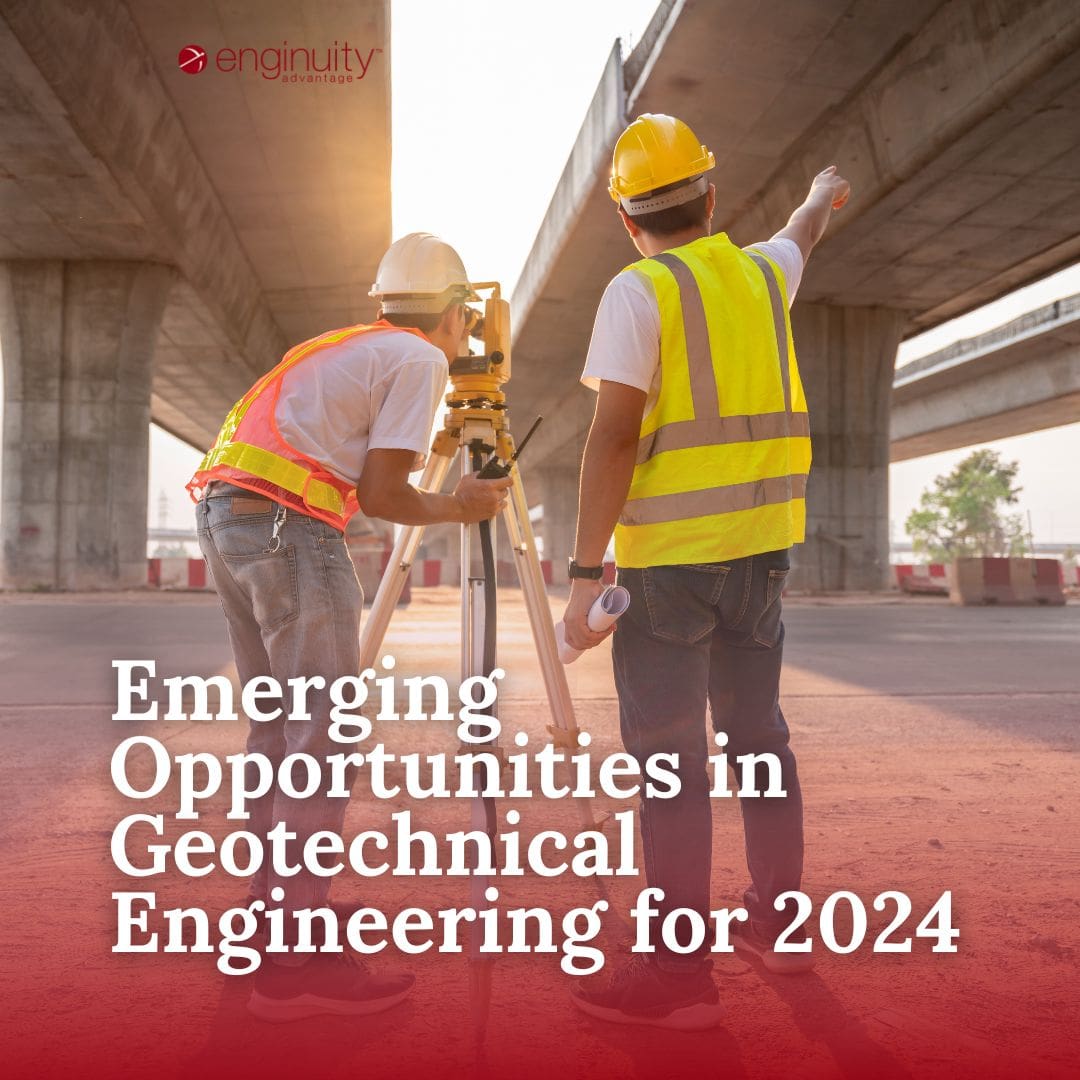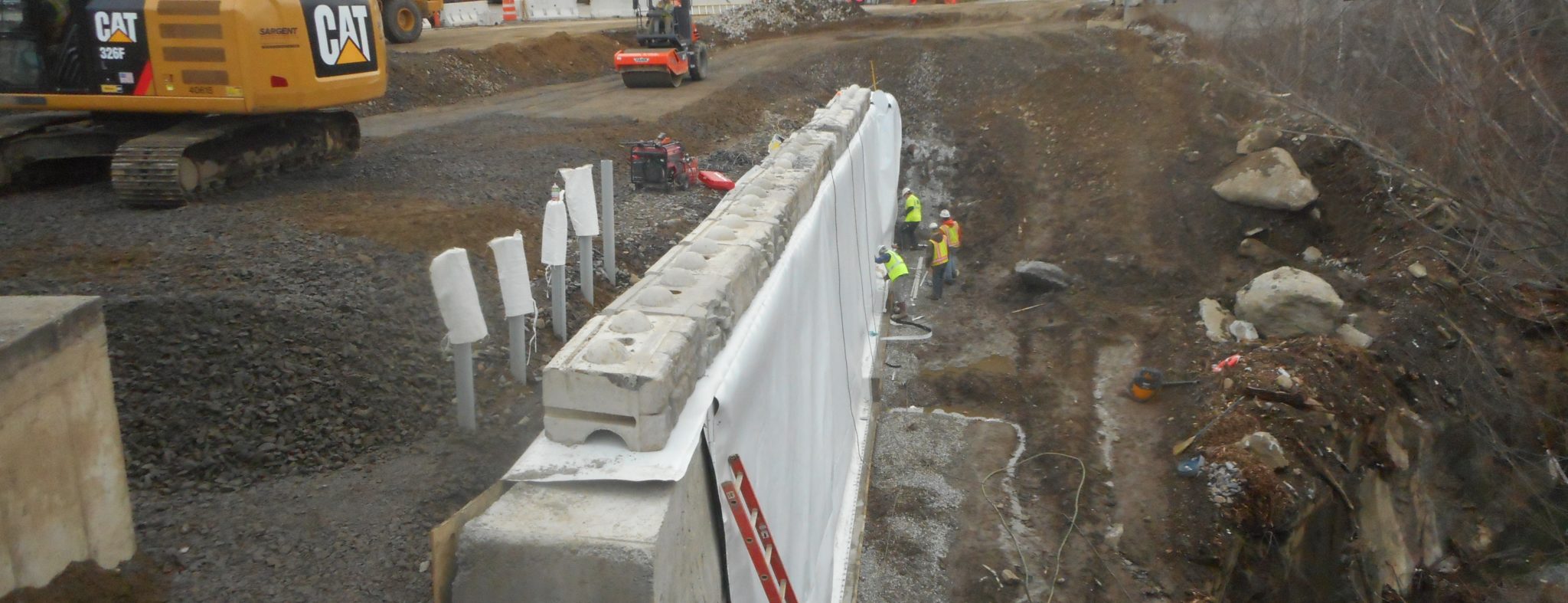The Interdisciplinary Approaches in the Geotechnical Market: Bridging the Gap Between Design, Geology, and Environmental Scientific Research for Ideal Project Results
The combination of engineering, geology, and environmental scientific research within the geotechnical industry is not simply beneficial; it is necessary for achieving ideal project end results. This interdisciplinary cooperation fosters a detailed understanding of facility site problems, permitting cutting-edge services to emerge. By analyzing crucial duties and effective study, we can reveal the dynamic interplay that drives job success. Challenges remain in successfully managing these multidisciplinary efforts, elevating questions regarding future fads and possible innovations. What methods might emerge to promote this important collaboration and boost the effectiveness of geotechnical methods?
Value of Interdisciplinary Cooperation
The relevance of interdisciplinary cooperation in the geotechnical market can not be overstated. Reliable geotechnical projects call for the combination of diverse knowledge from various areas, consisting of design, geology, and environmental science. This collaboration makes certain that all facets of a job are thought about, causing detailed remedies that address intricate difficulties.
Interdisciplinary cooperation cultivates innovation by making it possible for professionals to share insights and methodologies that might not appear when operating in seclusion (tailings engineer). By leveraging the toughness of several self-controls, groups can determine possible risks, maximize layout procedures, and boost the sustainability of geotechnical jobs. Moreover, such cooperation advertises an all natural understanding of site-specific problems, which is essential for exact evaluation and decision-making.
The intricacy of geotechnical projects requires a collaborated approach to analytical. When engineers, rock hounds, and ecological scientists interact, they can develop a natural strategy that aligns technological demands with environmental factors to consider and governing compliance. This synergy not just improves project results yet likewise contributes to the long-lasting strength of framework. Ultimately, interdisciplinary partnership is essential for advancing finest methods and accomplishing quality in the geotechnical market.
Secret Roles of Each Self-control
Cooperation amongst numerous self-controls is not simply beneficial; it is important for the successful execution of geotechnical jobs. Each self-control-- design, geology, and environmental science-- plays an unique yet interconnected duty that adds to forecast effectiveness and sustainability.
Geotechnical designers are largely liable for creating foundations and making certain structural honesty. They examine soil and rock residential properties to examine load-bearing capacities, providing vital information for secure building and construction practices. Their expertise enables the formula of ingenious solutions to intricate challenges.

Ecological researchers examine the possible impacts of building on communities and water sources. They carry out environmental analyses and create reduction approaches to decrease unfavorable effects. By incorporating ecological factors to consider, they make certain compliance with guidelines and promote sustainability throughout the task lifecycle.
Study of Successful Integration
Effective combination of geotechnical techniques can be exhibited via different study that highlight the effectiveness of synergy in addressing complex design obstacles. One noteworthy example is the construction of the Hong Kong-- Zhuhai-- Macau Bridge, where a collaborative approach entailing geotechnical engineering, geology, and environmental science was vital. Geologists and designers functioned in unison to learn the facts here now analyze the seabed problems and optimize the foundation design, guaranteeing stability and minimizing environmental effect.
One more impactful instance is the renovation of incline stability in the San Francisco Bay Location, where an interdisciplinary team incorporated geotechnical evaluation with environmental evaluations. By integrating hydrological studies and geological surveys, the group efficiently recognized possible landslide dangers and executed reliable reduction measures, improving safety and security and sustainability.
Moreover, the redevelopment of Brownfield websites frequently requires a multidisciplinary technique. In one instance in Chicago, cooperation among geotechnical designers, ecological scientists, and metropolitan organizers resulted in the successful removal of infected dirt, permitting the secure improvement of the website into a neighborhood park. These study show that interdisciplinary partnership not only addresses technological obstacles but additionally fosters ingenious options that benefit both areas and jobs.
Obstacles in Multidisciplinary Projects

In addition, collaborating timetables and process amongst various teams can be problematic, especially when each technique has distinct task milestones and deliverables. This misalignment can cause delays and enhanced expenses. The challenge of resource allowance additionally looms huge; ensuring that specific proficiency is available at vital points needs cautious preparation and foresight.
Last but not least, regulatory conformity poses another significant difficulty. Each self-control may encounter different governing frameworks, and aligning these demands to meet task objectives can be complex and lengthy. Addressing these challenges demands solid management and reliable communication strategies to foster cooperation and ensure that multidisciplinary teams function cohesively towards shared goals.
Future Trends in Geotechnical Practices
As the geotechnical market progresses, emerging patterns are improving methods to attend to the challenges encountered in multidisciplinary jobs - consulting engineer. One considerable trend is the increased integration of advanced technologies, such as expert system and artificial intelligence, into geotechnical analysis and layout. These technologies improve predictive modeling and danger analysis, making it possible for designers to make even more enlightened decisions throughout the project lifecycle

In addition, the fostering of digital twins and real-time surveillance systems is coming to be much more widespread. These tools promote ongoing evaluation of dirt conditions and architectural efficiency, allowing for prompt treatments when concerns occur.
Final Thought
To conclude, the integration of design, geology, and ecological science is important for attaining ideal results in the geotechnical market. Interdisciplinary cooperation promotes innovation, boosts browse around here problem-solving abilities, and straightens technical needs with ecological sustainability. Effective case researches show the benefits of this method, while recognizing the obstacles dealt with in multidisciplinary tasks. Looking in advance, accepting these collaborative techniques will certainly be essential for browsing future patterns and progressing the area of geotechnical engineering.
The combination of design, geology, and ecological science within the geotechnical sector is not just helpful; it is crucial for achieving ideal task end results. Efficient geotechnical jobs need the combination of diverse knowledge from numerous areas, including design, geology, and ecological scientific research.Navigating the intricacies of multidisciplinary tasks in the geotechnical market provides a number of substantial obstacles.As the geotechnical industry evolves, arising fads are improving methods to deal with the obstacles faced in multidisciplinary jobs. Geotechnical engineers are significantly working together with ecological researchers to ensure that projects line up with sustainability goals and conform with regulative requirements.